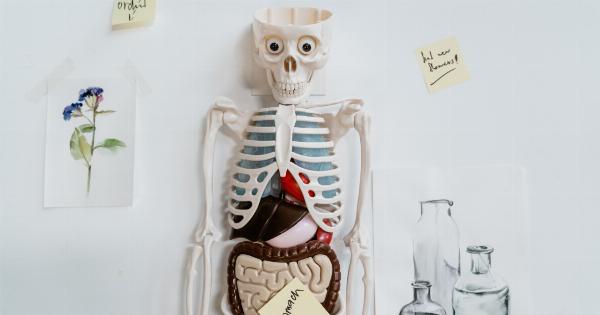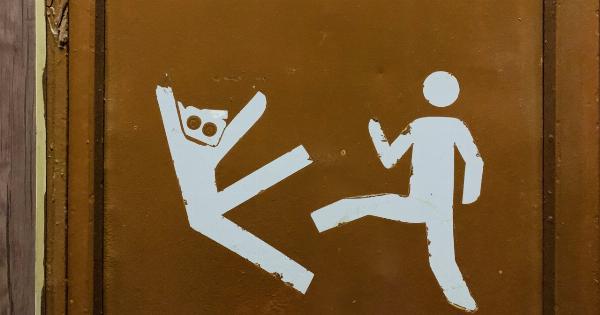Time is an abstract concept that often appears to slip away unnoticed. However, there are several physical clues that can remind us of its passing. These clues range from the wrinkles on our skin to the grey strands in our hair.
In this article, we will explore ten physical indicators that signal the passage of time.
Skin and Wrinkles
One of the most visible signs of aging is the appearance of wrinkles on the skin. As we age, the skin loses its elasticity, resulting in sagging and the formation of fine lines.
Wrinkles can also be caused by prolonged sun exposure, smoking, and facial expressions such as frowning or smiling.
Gray Hair
Another noticeable change that occurs with time is the graying of hair. As we age, the pigment cells in our hair follicles gradually die, leading to the loss of color.
While genetics play a role in determining when someone’s hair turns gray, it is generally a natural part of the aging process.
Changes in Eyesight
As we get older, our eyes undergo several changes that affect our vision. Presbyopia, which is the loss of the ability to focus on objects up close, becomes more common.
Additionally, conditions such as cataracts and age-related macular degeneration can develop, leading to impaired vision.
Loss of Muscle Mass
With the passage of time, the body tends to lose muscle mass. This change, known as sarcopenia, can result in decreased strength and mobility.
It is important to engage in regular exercise and maintain a healthy diet to help preserve muscle mass as we age.
Brittle Nails
Brittle and easily breakable nails are another physical clue that time is passing. As we grow older, the production of natural oils in our nails decreases, leading to dryness and brittleness.
Taking care of our nails and keeping them moisturized can help prevent this issue.
Joint Stiffness
Many people experience joint stiffness and a decrease in flexibility as they age. This can be attributed to the gradual wear and tear of cartilage between the joints, leading to conditions like osteoarthritis.
Regular exercise, stretching, and maintaining a healthy weight can help alleviate joint stiffness.
Age Spots
Age spots, also known as liver spots, are flat, brown spots that appear on the skin due to years of sun exposure. These spots commonly appear on areas that have been frequently exposed to the sun, such as the face, hands, and shoulders.
Protecting the skin from the sun and using sunscreen can help prevent the formation of age spots.
Changes in Metabolism
Metabolism tends to slow down as we age, resulting in weight gain and difficulty in losing weight. This change is attributed to a decrease in muscle mass and hormonal changes.
Maintaining a healthy diet and engaging in regular physical activity can help boost metabolism.
Loss of Height
With time, it is common for individuals to experience a loss of height. This is primarily due to the compression of the spine’s discs, which leads to a reduction in height.
Good posture, regular exercise, and avoiding excessive weight can help minimize height loss.
Changes in Sleep Patterns
As we age, it is common for sleep patterns to change. Older adults may find it more difficult to fall asleep, experience more frequent awakenings during the night, or wake up earlier in the morning.
Implementing a consistent sleep schedule and creating a relaxing bedtime routine can help promote better sleep.
Conclusion
As the years pass, our bodies go through various physical changes that remind us of the passage of time. From wrinkles and gray hair to changes in eyesight and sleep patterns, these clues serve as a reminder of our aging process.
While it is natural to experience these changes, taking care of our physical and mental well-being can contribute to a healthier and more fulfilling life as we journey through time.


























